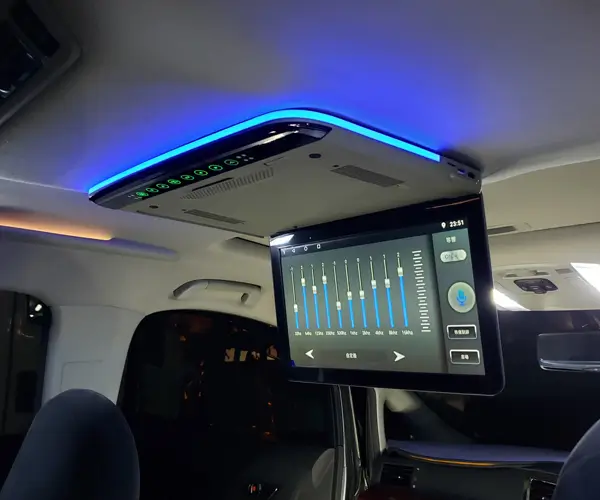Ever tried to bring your robotic ideas to life but hit a wall with the mechanical details? That's where the magic of an Arduino servo motor CAD model comes into play. Imagine the thrill of seeing your project take shape before you even pick up a soldering iron. It’s like holding a blueprint but in 3D, offering a sneak peek into how everything will fit and move.

An Arduino servo motor CAD model isn’t just code or a rough sketch; it’s a detailed digital twin. Think of it as having a miniature version of your motor that you can rotate, tweak, and analyze from every angle. Want to see how that servo arm swings? Just drag it around in the software. Curious if the mount holes line up? Double-check in 3D before you drill into your project. This visual clarity saves a boatload of headaches down the line, especially when working on complex robotic arms or precise automation tools.
People often ask, "Why bother with CAD models instead of just drawing on paper?" Well, static sketches miss the stuff that truly matters—like how parts will interact dynamically. A CAD model makes it easy to adjust dimensions, test different configurations, and even anticipate issues like collisions or misalignments. Plus, it’s a blueprint that can be easily shared with teammates or manufacturers, turning your vision into something tangible faster.
Let's say you're designing a robotic hand for a class project. You could order the actual parts and hope everything aligns, or you could whip up a detailed CAD visualization. Knowing the motor’s dimensions, the rotation limits, and how it fits into your design? All in one place. When it’s time to print parts on a 3D printer, you’ll have a solid, error-free model to work from. No surprises, no guesswork.
Ever wonder if these CAD models integrate with other tools? Many software options allow you to simulate movement or even embed real-world physics. It’s like previewing your robot in action without a single wire connected. That kind of foresight? It reduces the guesswork, accelerates development, and boosts confidence in your design.
The real catch? They streamline the entire process. Whether you’re modeling a simple servo or a complex multi-axis arm, seeing a vivid digital replica cuts down on trial-and-error time. Plus, it opens doors for innovative ideas. Want to test a new configuration? Just adjust your CAD model and see what happens—no fuss.
Isn’t it exciting to think about what you can do when visualizing your servo motor in 3D? It’s not just about making things look pretty; it’s about functional accuracy, efficiency, and turning abstract ideas into reality. A well-crafted CAD model with your Arduino servo motor isn’t just a file—it’s the first step into the future of robotics.
Established in 2005, Kpower has been dedicated to a professional compact motion unit manufacturer, headquartered in Dongguan, Guangdong Province, China. Leveraging innovations in modular drive technology, Kpower integrates high-performance motors, precision reducers, and multi-protocol control systems to provide efficient and customized smart drive system solutions. Kpower has delivered professional drive system solutions to over 500 enterprise clients globally with products covering various fields such as Smart Home Systems, Automatic Electronics, Robotics, Precision Agriculture, Drones, and Industrial Automation.




































